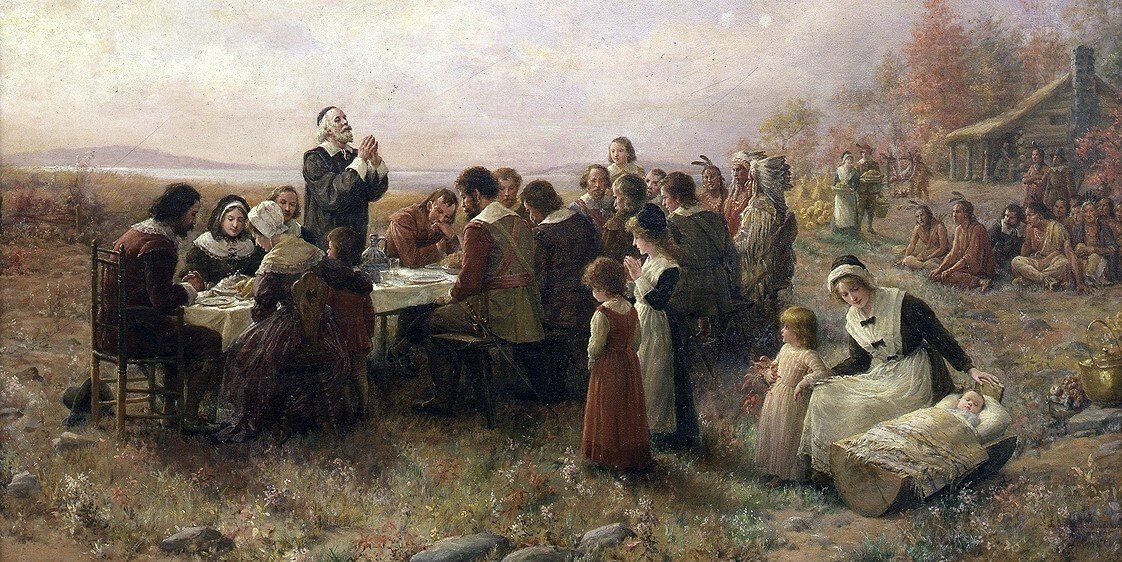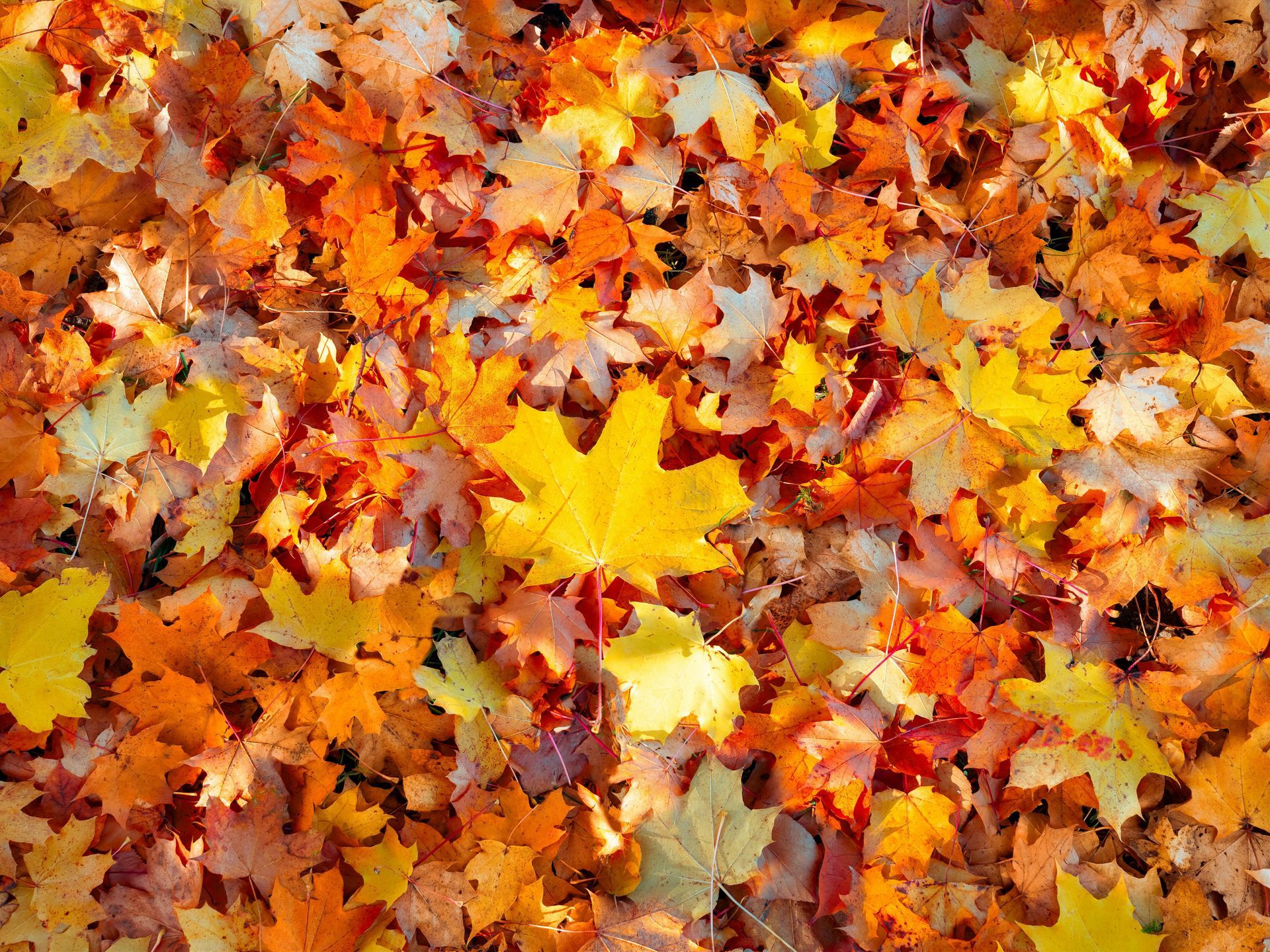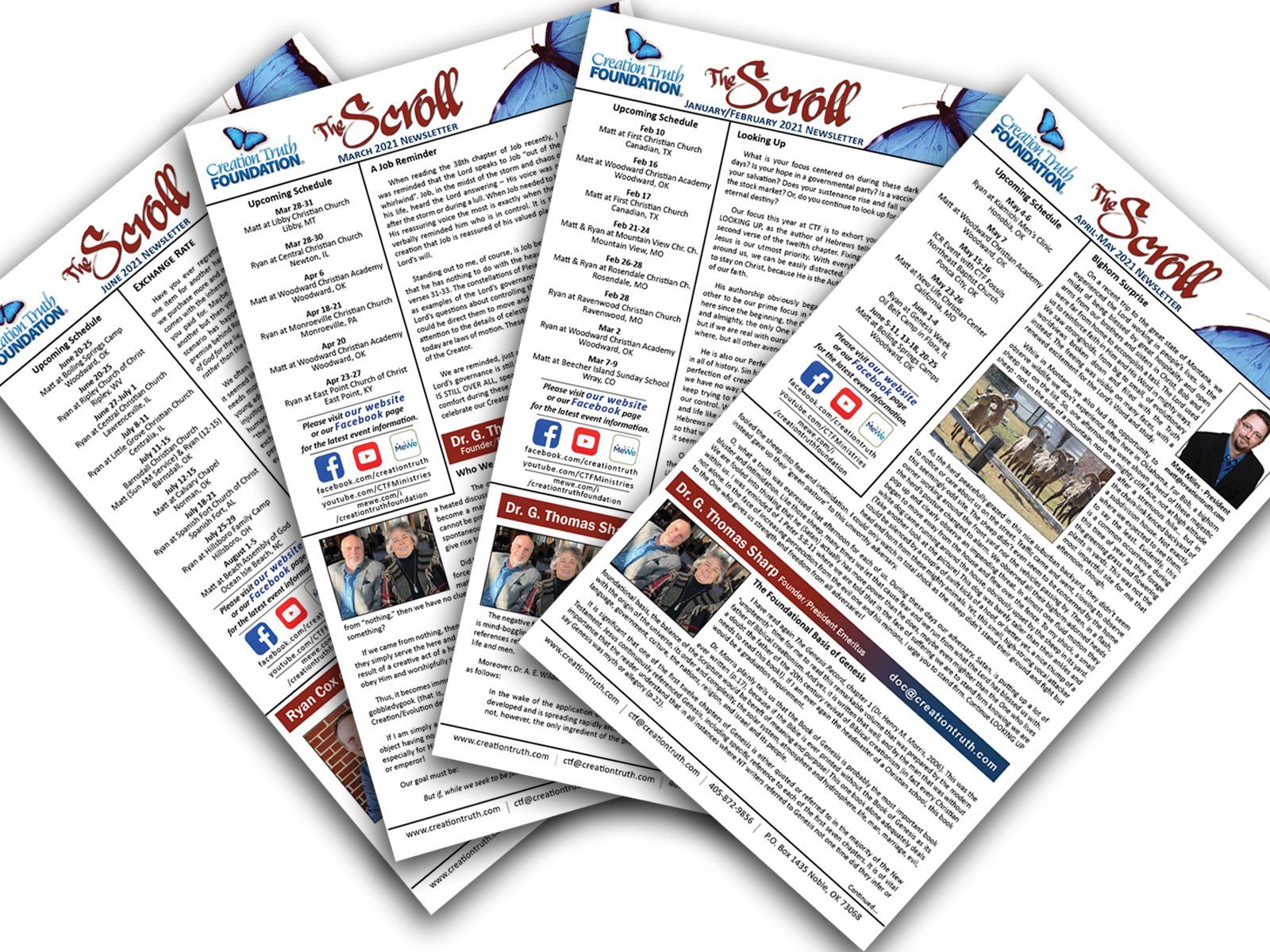Part 2: 400 Years of Christ-Centered Liberty
After two long months across the Atlantic, land was sighted by the pilgrims on November 9, 1620. They ran up on deck and began to praise God for bringing them to the New World. They celebrated so long that Captain Jones had to force them below deck so he could continue ship operations.
They had arrived at Cape Cod, north of where their charter permitted settlement. They attempted for several days to sail south to their original destination, but strong winds and storms kept them from making any progress.
Believing the Lord was pushing them in a different direction, they floated into the Provincetown Harbor of Cape Cod on Saturday, November 11th. Since this land was out of their patent’s jurisdiction, the pilgrims seized the opportunity to draft a new charter called the Mayflower Compact. It provided a social contract between them and the tradesmen/adventurers so they would have agreed upon terms as how to peaceably live together.
The Compact stated: “ IN THE NAME OF GOD, AMEN . We, whose names are underwritten, the Loyal Subjects of our dread Sovereign Lord King James , by the Grace of God, of Great Britain, France, and Ireland , King, Defender of the Faith , &c. Having undertaken for the Glory of God, and Advancement of the Christian Faith, and the Honour of our King and Country, a Voyage to plant the first Colony in the northern Parts of Virginia ; Do by these Presents, solemnly and mutually, in the Presence of God and one another, covenant and combine ourselves together into a civil Body Politick, for our better Ordering and Preservation, and Furtherance of the Ends aforesaid: And by Virtue hereof do enact, constitute, and frame, such just and equal Laws, Ordinances, Acts, Constitutions, and Officers, from time to time, as shall be thought most meet and convenient for the general Good of the Colony; unto which we promise all due Submission and Obedience. IN WITNESS whereof we have hereunto subscribed our names at Cape-Cod the eleventh of November, in the Reign of our Sovereign Lord King James , of England, France, and Ireland , the eighteenth, and of Scotland the fifty-fourth, Anno Domini ; 1620.”

by Jean Leon Gerome Ferris, 1899
With the next day being Sunday, they stayed aboard instead of disembarking in order to observe the Lord’s Day, despite 2 months of being cramped on the Mayflower. Then on Monday, November 13, 1620, the pilgrims set foot in the New World. They explored the land and eventually on December 16th went on to Plymouth Harbor (named by John Smith in 1614), where they settled on a location on December 21st. Winter weather, however, kept them from starting home construction until the 23rd.
The winter was harsh with freezing temperatures, disease, and lack of shelter. Of the 130 or so original passengers, only 53 would survive to the following November. Of the 18 women, 13 died, including William Bradford’s wife. Thankfully, as the colonists understood, God had not forsaken them.
On March 16, 1621, a man named Samoset walked into the village. He learned English when captured and released by English fishermen in present-day Maine. His friend Squanto was captured in 1605 and returned home for good in 1619 (Squanto crossed the Atlantic 6 times in his life). When Squanto heard of the colonists, he went with Samoset and Chief Massasoit to greet them.
His people had been wiped out by a plague while he was in captivity. He was so pleased to see people inhabiting his tribe’s land that he petitioned to stay with them. He attended their worship services and listened to them read the Bible, pray, and express their “brotherly love” to one another.
The colonists became so fond of him that when he was captured by a rival tribe, Miles Standish led a group to rescue him. Following his safe return, Governor Bradford showed him the Biblical account of Joseph’s capture and time in Egypt, but how God worked it out for Joseph’s good. Squanto and Bradford became close friends, and Squanto became a Christian.
The colonists established good relations with the Natives through the love of Christ. In return, the Natives worked side-by-side with the pilgrims, giving them extra provisions and helpful tips regarding their new surroundings. After the harvest of 1621, they gathered together (most likely in October: 90 Indians and 53 colonists) for a celebration. It was somewhat intimidating as the 90 Indians were all warrior men, outnumbering the able-bodied men of the colony 3 to 1. They, however, brought enough venison for them to eat 3 days together!
A lasting legacy of the pilgrims is the Christ-honoring actions comprising our American founding. Without a Christ-centered focus, the foundation erodes away, leading to the fall of the American nation. An election cannot save us, but the Savior can.

by Karen Rinaldo, 1995



